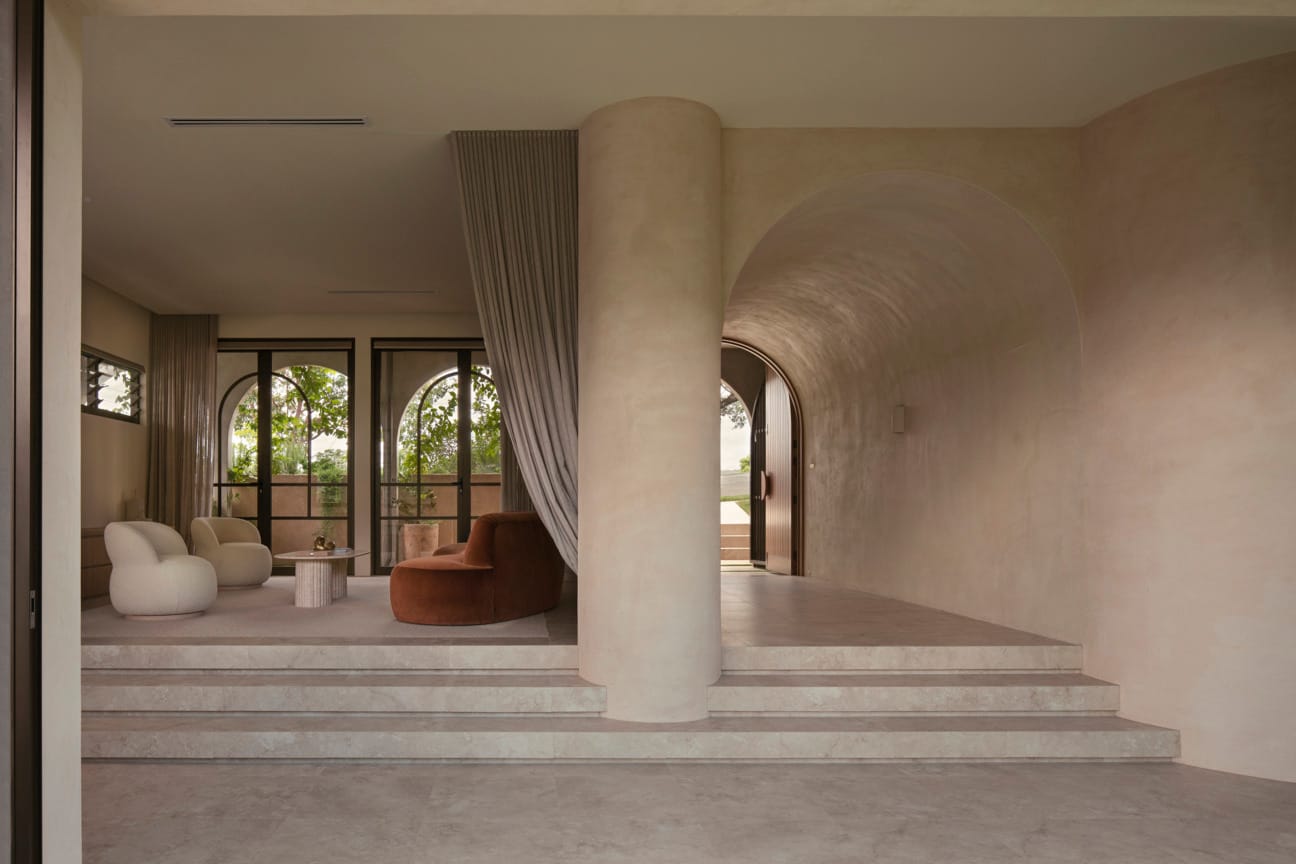Today’s buildings benefit from many innovations that have increased the speed of construction and allow almost unlimited design freedom.
The use of lightweight framing and plasterboard wall and ceiling linings has been a major component in achieving this. Thanks to these, we now enjoy more open plan spaces and larger window areas that encourage natural light into homes and work environments, enhancing the sense of wellbeing.
Builders, plasterers and painters work hard to achieve the appearance of a flat surface when installing walls and ceilings. However some surface variation is inevitable due to the following factors:
• Natural variations in the framing
• The hand-finished nature of a plasterboard wall or ceiling
• Subtle differences between the textures of plasterboard and the jointing compound
Under the majority of lighting conditions a plasterboard surface finished to a Level 4 standard, as defined in AS/NZS 2589:2007 ‘Gypsum Linings - Application and finishing’, will appear flat. In critical lighting conditions, an effect referred to as ‘glancing light’, will highlight any surface variations.
This guide will help to assist in minimising glancing light issues and enhance the occupant’s enjoyment of their premises.
